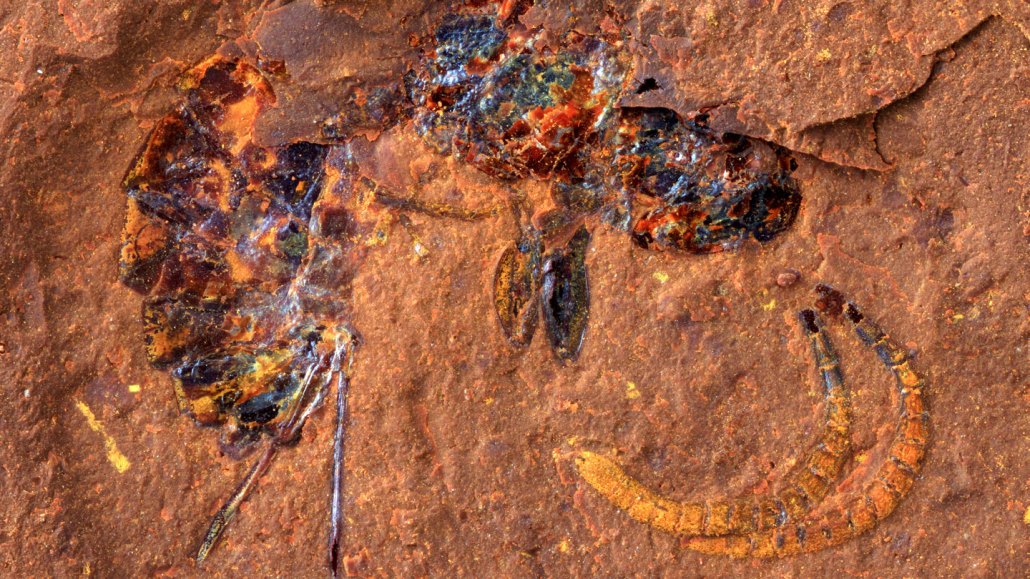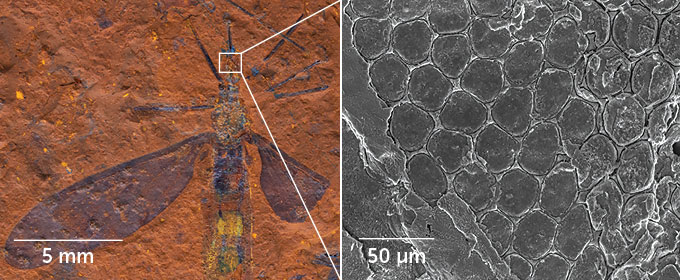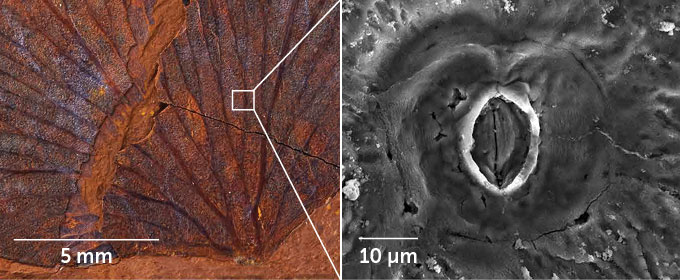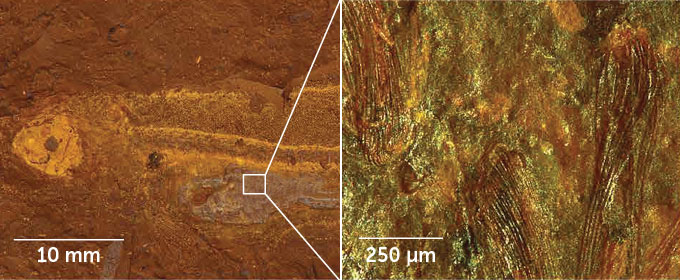See stunning fossils of insects, fish and plants from an ancient Australian forest
New specimens show a parasitoid wasp, fish that have dined on phantom midges and more

This parasitoid wasp, one of thousands of newly found fossils at a site in New South Wales, lived in a temperate Australian forest between 16 million and 11 million years ago.
M.R. McCurry et al/Science Advances 2022










